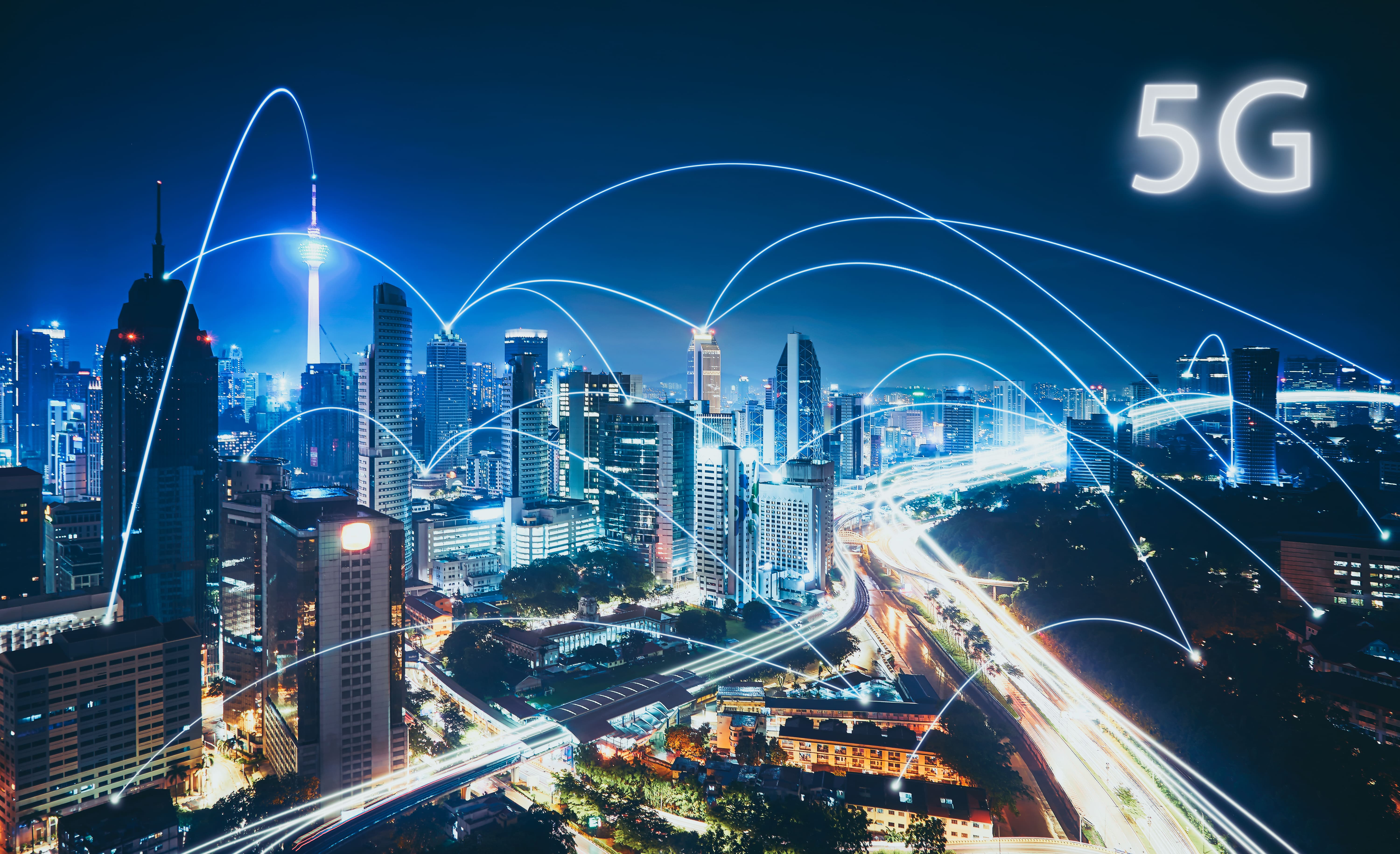
Simply put, 5G is a 5th-generation technology that will change how you use your smartphones and other electronic devices in ways that you probably cannot comprehend so early in the day.
Each new generation of standards is defined by data transmission, with 1G being the first and slowest and 5G being the latest and fastest.
1G gave us our first cellphones. 2G let us text for the first time. 3G brought us online and 4G delivered the speeds we now enjoy.
But 4G network technology has peaked with its performance as people want faster data to support their growing online lifestyle, and 5G is the next generation of wireless that will handle more than thousand times the traffic that today’s networks do, and it will be 4x faster than 4G LTE.
To put it in perspective, you’ll be able to download a complete HD movie in under a second. You will be able to upload videos quicker and connect more of your devices to the internet with less delays.
New Innovations In The 5G Network
5G technology is still developing and experts haven’t charted it’s full potential yet.
But as of now, there are five technologies that are going to prove foundational in its operations:
# 1: Millimeter Waves
All our electronic devices currently use very specific frequencies (under 6 GHz) in the radio frequency spectrum. But these frequencies are getting overcrowded as more and more devices come online are take up the finite amount of space, leading to slower services and dropped connections.
By broadcasting on shorter, millimeter waves (between 30 and 300 GHz), the overcrowding problem resolves itself because there is more `room’ now to accommodate every device.
Think of it like this: with 4G technology, our devices were piled into one small room. With the use of shorter millimeter waves, the space is being increased to the size of a house, so there is more room for everybody.
# 2: Small Cell Networks
There is a limitation with millimeter waves, however. They cannot travel well through obstacles like buildings and other structures, which is a major consideration, especially in urban areas where there are man-made structures everywhere.
To balance this shortcoming, the Small Cell network technology comes in with thousands of low-power mini base stations that are much closer to each other than traditional towers and can function together like a relay team that goes around obstacles. Which means your connection is not lost just because you’re standing next to a shopping mall or an office building, for example.
# 3: Massive MIMO (Multiple Input Multiple Output)
Our current 4G base stations have about a dozen ports for antennas that handle all cellular traffic. But Massive MIMO base stations can support about a 100 ports, which can increase the network capacity by a factor or 22 or more.
# 4: Beamforming
Today’s cellular antennas broadcast in all directions, and the crisscrossing signals cause major interference. Beamforming is a technology that restricts this 360-degree broadcast grid and allows base stations to send a focused data signal to a particular user. This means base stations can handle more incoming and outgoing data streams simultaneously.
# 5: Full Duplex
Today’s cellular base stations cannot multitask. They can either transmit or receive data at any given time. (Much like a walkie-talkie where one person has to finish speaking before the other can start.) Full Duplex refers to the transmission of data in two directions simultaneously. Like on a telephone on which two people can talk at once.
When Can We Expect 5G Technology to Roll Out in the U.S.?
Expected release dates are different for every carrier. Here is a current status update:
- Verizon: Fixed and mobile 5G are live in a few areas.
- AT&T: Mobile 5G for select customers in 19 cities; wider coverage expected sometime this year.
- T-Mobile: Commercial 5G service is available in parts of six cities; nationwide coverage expected in 2020.
- Sprint: Mobile 5G is available in Atlanta, Dallas-Fort Worth, Houston, and Kansas City.
- U.S. Cellular: 5G services coming in second half of 2019.
- C Spire: Fixed 5G services in Mississippi.
- Charter: Testing 5G, but no solid rollout plans.
- Starry: Fixed 5G currently in Boston, Denver, LA, New York City, and Washington DC.
Custom Truck One Source offers telecom equipment to support the 5G updates. Reach out to your local sales or rental representative to learn more, or click here. We will be showcasing our Posi+ LineRunner 700 cable placer truck at this year’s ICUEE in October.
* Sources: Analyzing the potential of full duplex in 5G ultra-dense small cell networks; 5G networks are here: Here’s everything you need to know: Everything you need to know about 5G; When is 5G coming to the US?




